Published 2nd Nov. 2022
Reading time
It’s no secret that holidays in Italy are an outstanding choice for travellers. Regrettably, the collective recognition of this statement can mean contending with hordes of other eager travellers, particularly during the summer months (which tend to hog the limelight). However, if you dream of driving along the iconic Amalfi Coast, wine-tasting in Tuscany or sampling cicchetti (venetian tapas) beside a Venice canal, then summer isn’t the only time to do so. Uncovering hidden corners of the Amalfi Coast in autumn and celebrating seasonal food festivals during Tuscany’s springtime are both equally rewarding, or go against the grain and explore the Dolomites, as the rest of Italy fills with visitors come June, July and August. Forge your own path, forgo the sweltering heat of summer (or snowy winter, in the case of the Dolomites), and discover what Italy off-season can offer.
Italy’s most popular stretch of coastline has long been a favourite haunt of the world’s jet-set and, come summer, its cliffside cafes and world-renowned restaurants are overflowing with sun seekers. Suspended between the shimmering Tyrrhenian sea and rugged Lattari Mountains, this astonishingly beautiful region has been inscribed into UNESCO’s list of World Heritage Sites and become the poster-child for laid-back Italian glamour and luxury. If you’re longing to see the aptly nicknamed Divina Costiera (‘Divine Coast’) but find the throngs of tourists off-putting, consider visiting the Amalfi Coast in autumn. The summer buzz may be fading, but the weather remains pleasant and favours hikers, who can ramble across mountain-top paths in the cooler climate. A September sojourn also caters to foodie fanatics, with Positano’s Festa del Pesce (Fish Festival) and Sorrento’s Sagra dell’Uva di Priora (Grape Festival) bringing parades, musical performances and food tastings to the hilltop towns. While the winter sees some establishments shutting their doors during Italy’s off-season, this doesn’t occur until mid-October along the Amalfi Coast, giving you plenty of time to take advantage of the waning crowds.
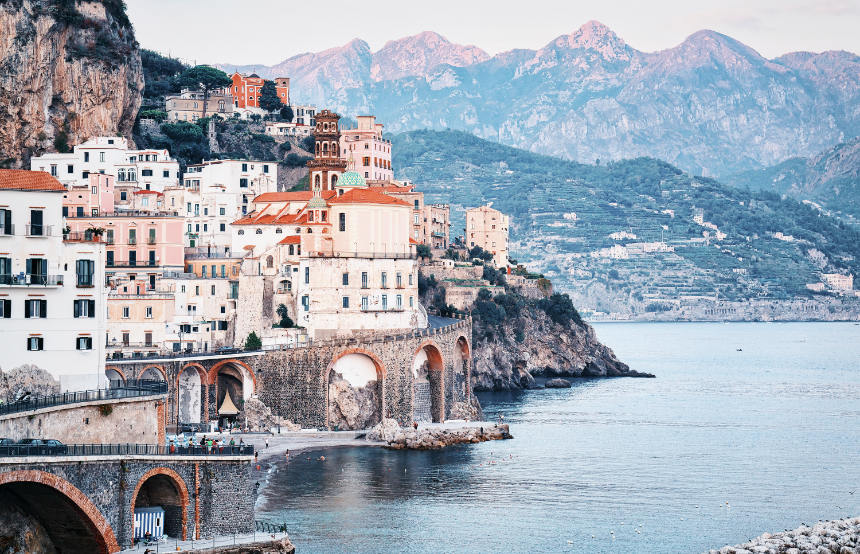
Venice has become something of a tourist trap over the years, with gondola-congested canals and swarming streets characterising the floating metropolis throughout the summer months. Yet if you visit during Italy’s off-season (between October and March) you’ll get to see the city restored to its rightful grandeur. The weather may not always be on top form (and the waterways can be prone to flooding), but if you’re able to tolerate some showers, this time of year is wonderfully free from visitors vying for the perfect canal-side selfie. Having said this, the winter season does coincide with the annual Carnevale di Venezia (Venice Carnival), held before Lent in late February or early March. The centuries-old tradition draws thousands of mask-wearing holidaymakers to the city, so if you’re not crazy about crowds, October or March represent the sweet spots for spending winter in Venice.
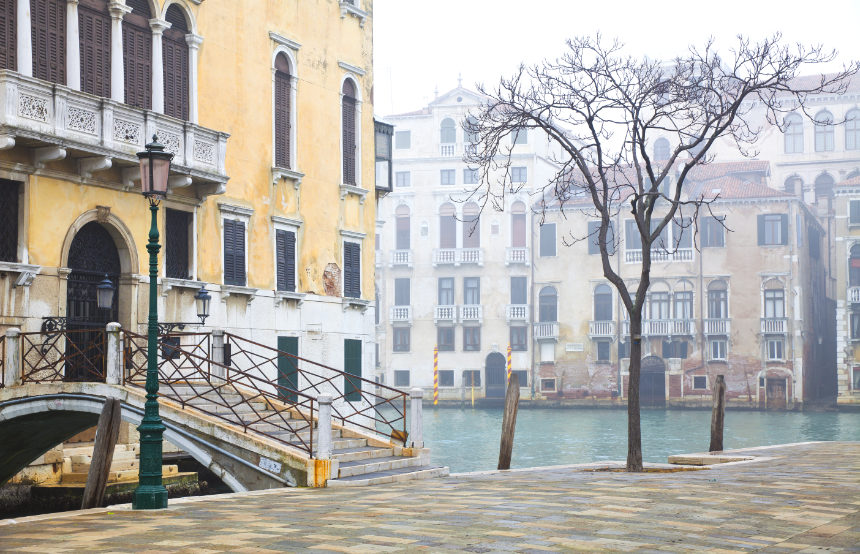
As the first vestiges of spring appear across Tuscany, the region’s hotels and restaurants also awaken from their winter slumber. March is more variable when it comes to weather, affectionately dubbed pazzarello (‘somewhat crazy’) by citizens, while April sees the flowers in full resplendent bloom throughout the Tuscan countryside. May brings increasingly glorious climes, abundant street markets and the season of sagra (festivals dedicated to local produce). Venture to Reggello (near Florence) for the strawberries and cream festival or feast on pici pasta at the Sagra dei Pici in San Casciano dei Bagni. It’s busy enough that villages begin to host their annual flower festivals (including Pisa’s camellia festival and Lucca’s azalea celebration), but not too busy to enjoy a peaceful passeggiata along the banks of the Arno river. It’s warm enough to indulge in scoops of creamy cantucci (Tuscan almond) gelato, but not too warm to fully appreciate a rich bowl of venison ragù pappardelle. Spring in Tuscany is the ultimate lesson in la dolce vita.
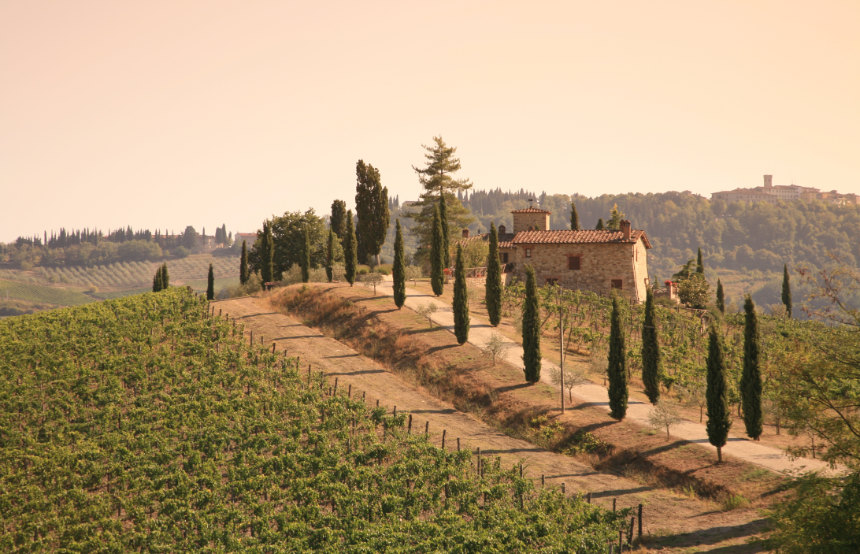
The north-eastern mountain range is heralded as a skiing, mountain climbing and hiking heavyweight, serving as Italy’s premier winter holiday destination. Boasting over 800 miles of slopes and the world’s largest ski area (the Dolomiti Superski), the Dolomites are paradise for active adventurers and rival the Alps when it comes to snow-based excursions. If you fancy opting for sunshine over snowfall, trade ski boots for hiking shoes and visit the Dolomites in summer, where you’ll be greeted by wildflower meadows, verdant valleys and plunging waterfalls. While the Italian cities are teeming with travellers, this dramatic alpine scenery offers a serene summer holiday alternative. Stay in traditional Italian rifugios (refuges), climb the Via Ferrata trails (ladders fixed into the rock that allow you to roam the sheer cliffsides) and kayak through streams fed by the melting snow.
Written by Luisa Watts
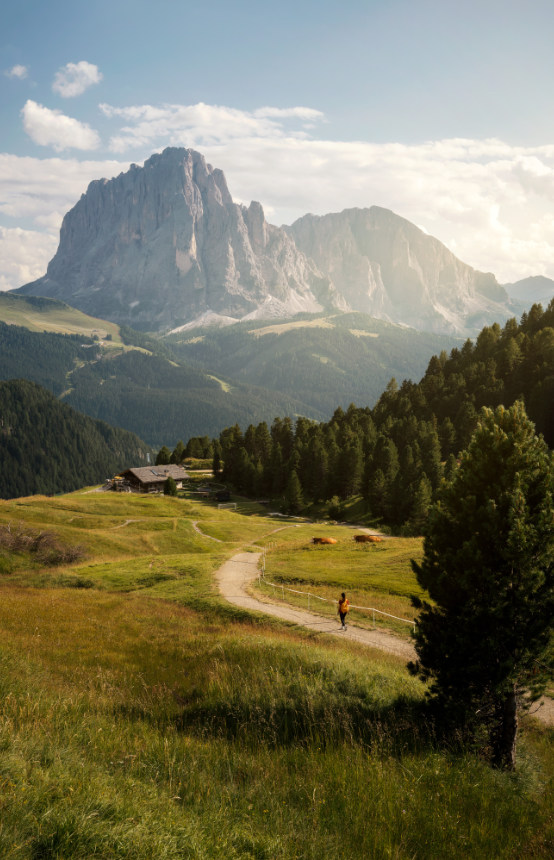

Italy is a holiday hotspot (for good reason), so our help in navigating the crowds is invaluable. From snapping up hard-to-come-by Vatican tickets (at the quietest times of day) to organising an archaeologist to guide you around Pompeii, our consultants have the insider intel to make your trip unforgettable. Stuck on where to stay? Our vetted accommodation options range from family-run ‘trullis’ in Puglia to big-name hotels in Venice. So, whether you're an adventurous family or a couple on a romantic retreat, we can find the version of Italy to suit you.
ENQUIRE NOWPractical advice and inspiration for your next trip
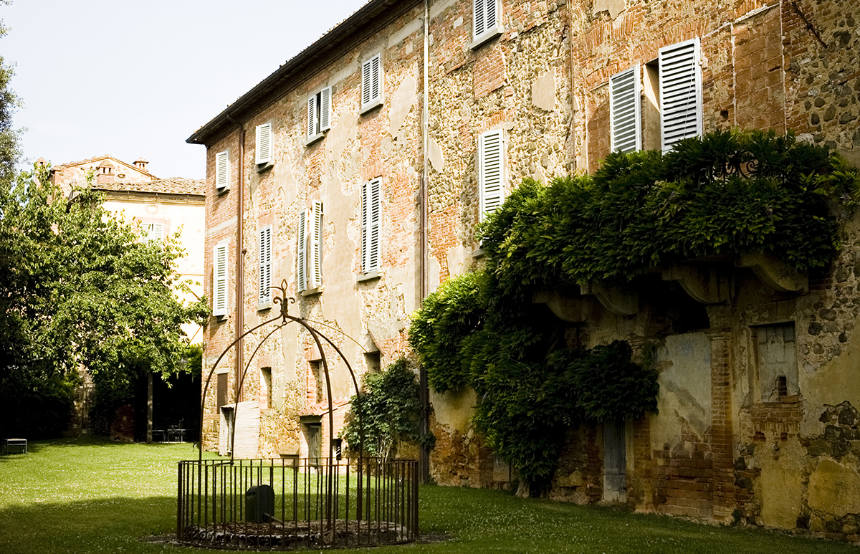
On a research trip to Umbria and Tuscany, our Europe specialist, Valeria, discovered that the best way to explore the Italian countryside is by car. During her road trip, she marvelled at Marmore Falls, admired the beautiful views over Lake Trasimeno and wandered through the UNESCO-listed village of Castiglione d'Orcia. From cooking classes to wine tastings, her trip was jam-packed with Italian delights.
14th October 2025 - Italy Travel Tips
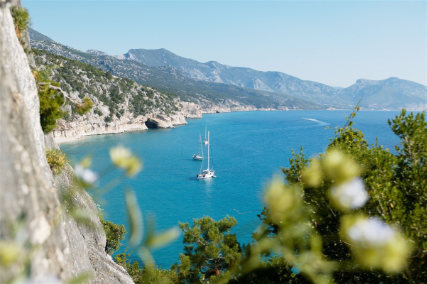
With its iconic landmarks, stunning scenery and famously delicious cuisine, Italy has long ranked as one of our all-time favourite destinations. This Mediterranean marvel is often thought of as a summer spot, but plan your trip to Italy in May and you’ll be rewarded with warm weather, fewer crowds, springtime festivals and scrumptious seasonal food. Have we piqued your interest? Read on for our top five reasons to visit Italy in May… For the weather For fewer crowds For springtime festivities For outdoor activities For the food For the weather Italy,
18th August 2025 - Italy Travel Inspiration
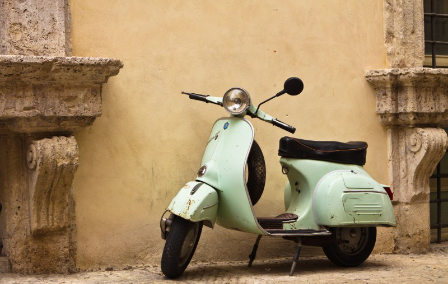
Dodge the summer surge and enjoy a holiday to Italy in September. Scale the dramatic Dolomites in the refreshing autumn air, raise your glass in the Tuscan hills during grape harvest season or immerse yourself in Venice’s flamboyant festivities. If it’s thinning crowds you’re after, head south to Puglia’s charming coastal towns, or for sun-drenched sandy beaches, Sicily has your name written all over it.
16th June 2025 - Italy Travel Inspiration

Our team of destination experts will get to know you and your unique requirements for your holiday

We work with you to build an ultra-personalised holiday itinerary with your choice of accommodation, experiences and activities

All of our holidays include little extras designed to make a big difference to your trip, from fast-tracking you through airport check-in and security to our network of local Concierges